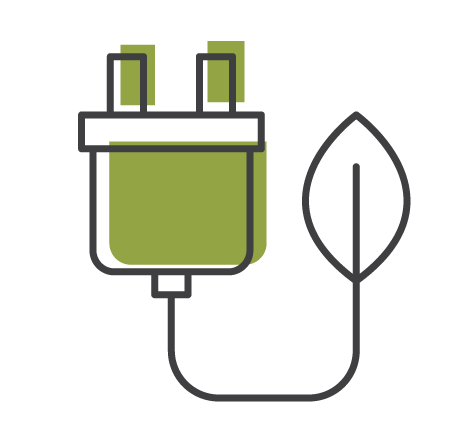South Africa: New Government Revives Multiple New Nuclear Efforts
- Published:
The South African government plans to release a new request for proposals (RFP) for the procurement of up to 2.5 gigawatts of new nuclear capacity. The new RFP, likely focused on the deployment of at least two conventional large light-water reactors, is unlikely before the end of March 2025, when the new coalition government expects to issue a new integrated resource plan (IRP). That plan will lay the groundwork not just for a large reactor RFP but likely also a separate RFP for small modular reactors (SMRs), alongside an effort to revive a long-dormant, domestic pebble bed modular reactor (PBMR) program and to resuscitate South Africa's nuclear fuel cycle.
The long-awaited large reactor RFP was first approved in August 2021 by the National Energy Regulator of South Africa but faced legal challenges over due process considerations, including a lack of public consultation. After May's election, which saw the African National Congress lose its majority for the first time in South Africa's 30-year democratic, post-Apartheid history, President Cyril Ramaphosa formed a coalition government of 11 political parties. Most prominent of these, beyond the Ramaphosa-led ANC, was the Democratic Alliance (DA) that had historically criticized nuclear procurement plans.
Now inside the government, the DA appears to be backing a push for new nuclear. "South Africa is currently looking to revitalize our nuclear program to provide energy security and grid stability through clean, dependable energy," Samantha Graham-Mare, deputy minister of Energy and Electricity and a DA politician, told an International Atomic Energy Agency (IAEA) ministerial conference on Nov. 26. Graham-Mare warned that between the reliance on coal-fired plants for 85% of South Africa's power needs and a 42% unemployment rate, the decommissioning of coal-fired stations "around which entire communities are built is extremely concerning," and "until we can bring things like nuclear on line" to replace coal power at those sites, "we’re going to have to slow down our energy transition."
In August, the new Government of National Unity withdrew the previous government's plans to issue an RFP for 2,500 megawatts of new nuclear by 2032-33 and now plans to reset the process with a new RFP expected in the first half of 2025. Deployment dates are likely to be extended in a new RFP, and the procurement for large reactors is likely to fall under Eskom, the state-owned utility that operates South Africa's two existing power reactors at Koeberg, near Cape Town. Meanwhile the Nuclear Energy Corp. of South Africa (Necsa), the government's nuclear research and development arm, is pushing forward with a PBMR program and likely with an RFP for South Africa's first SMR, potentially at Necsa's Pelindaba site.
“The government's openly talking about small modular reactors aggressively,” Necsa Chair David Nicholls told Energy Intelligence. Meanwhile, "Eskom is aggressively talking about building classical large PWRs [pressurized water reactors]." And the coalition government seems on board with pursuing a PBMR program on top of this. “The world once acknowledged" South Africa's PBMR program "as a global first," Graham-Mare told the IAEA event, "and we aim to restore our position as a leader in nuclear energy research by bringing to market a working prototype SMR with supporting fuel production that can be successfully commercialized.”
For both reactors large and small, Pretoria is open to vendors from across the geopolitical divide — although the selection processes might look very different.
SMRs and PBMRs
For the forthcoming large nuclear RFP, Eskom is expected to lead the technology selection and to lock in an engineering, procurement and construction contract for at least two large reactors. Energy Intelligence understands that more might be sought, depending on the details of the forthcoming IRP.
Eskom’s finances have improved since the nadir of several years ago, particularly after the previous government in July 2023 passed the Eskom Debt Relief Act, which included a 254 billion rand ($14.2
billion) financial support package. Graham-Mare noted on Nov. 26 that South Africa has, for the first time since 2015, had "close to 250 days" of no "load shedding"—a term used to describe the ever- more-common blackouts that had bedeviled South Africa.
Necsa is in a similarly improved position since undergoing a restructuring in 2021 and 2022, and is enjoying enhanced results in its two commercial subsidiaries: Pelchem, a not-yet-profitable supplier of fluorochemicals across the Southern Hemisphere, and NTP, a medical isotope producer. Under the new government, Necsa's ambitions are soaring. Not only is the organization planning a new research reactor (the Multipurpose Research Reactor) to replace the 59-year-old Safari-1 research reactor used almost exclusively for Molybdenum-99 production, but it is preparing the SMR RFP, and it has even dusted off the PBMR development program previously housed under Eskom, which halted PBMR work nearly 15 years ago.
"Necsa is at the forefront of nuclear research and technology development for peaceful uses in South Africa and worldwide,” Minister of Electricity and Energy Kgosientsho Ramokgopa said in a Dec. 4 statement. “It is, therefore, encouraging to see the company back on its feet and ready to reclaim its space in leading South Africa in the nuclear renaissance that we are currently witnessing globally.”
Should South Africa actually proceed with a PBMR newbuild project on top of the large new nuclear project, it's not clear whether the underlying technology would utilize Necsa's PBMR, a separate indigenous PBMR developer, or a PBMR from a foreign vendor such as China National Nuclear Corp. or X-energy. Domestically, Stratek Global is working on the detailed design for a high-temperature modular reactor, based on the previous South African PBMR design. Stratek CEO and Chairman Kelvin Kemm, a former Necsa chair, told Energy Intelligence this could be built in five years with a first-of-a-kind cost of $500 million. Kemm is also in talks with industrial users for potential behind- the-meter deployment.
Stratek may have a leg up in a Necsa SMR tender, given its indigenous bona fides. Necsa's Nicholls said considerations in technology selection will include the maturity of the technology and the design, commercial applicability and financing solutions. Any foreign technology selection would be predicated on localization of the supply chain and some flexibility with intellectual property transfer, he added. "Whatever we do as an SMR," Nicholls told Energy Intelligence, the first deployment goal is to roll "it out inside South Africa to meet the needs of Eskom" by swapping SMRs out for coal plants, and the second goal is "clearly in Africa as a whole."
While Nicholls emphasized the focus on bringing down SMR costs with subsequent deployments, the initial high costs for first-of-a-kind deployment are a major impediment in South Africa.
Reviving the Nuclear Fuel Cycle
First deployment of a full-scale demonstration reactor would likely take place at Necsa’s Pelindaba site, home to the Safari-1 and, at one point, a uranium enrichment effort led by Necsa's predecessor. In 2023, the Necsa board approved new directives that include "power generation leading with SMRs” and "re-establishing front-end fuel supply," Necsa noted in its annual report released in October.
Behind the scenes, the government is presumably pursuing an expansion of its previous nuclear cooperation agreement with the US in ongoing negotiations after the last cooperation agreement lapsed amid various legal complications. As long as Pretoria lacks a nuclear cooperation agreement with Washington, US nuclear reactor vendors will require US government approval to do any serious business in South Africa. That includes US advanced reactor developer TerraPower, which recently announced a term sheet with South Africa's ASP Isotopes for the construction of a high-assay low- enriched uranium (Haleu) facility using laser enrichment.
ASP Isotopes also, just last month, signed a memorandum of understanding with Necsa that considers "the construction of a nuclear fuel facility for the production" of Haleu to support fuel fabrication for advanced reactors. "Necsa and the energy minister are both supportive of South Africa enriching uranium again," TerraPower CEO Chris Levesque told Energy Intelligence in an interview published this week, and TerraPower is confident that ASP will "be the fastest source" of Haleu.
Who we are
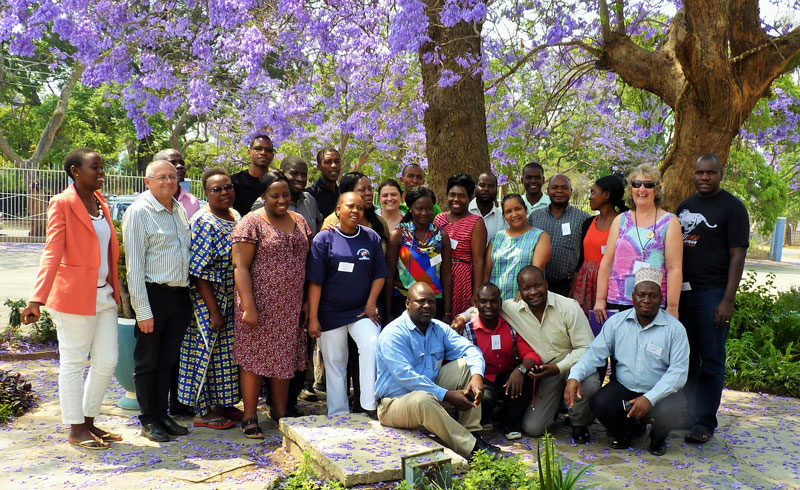
SAFCEI (Southern African Faith Communities’ Environment Institute) is a multi-faith organisation committed to supporting faith leaders and their communities in Southern Africa to increase awareness, understanding and action on eco-justice, sustainable living and climate change.
Featured Articles
-
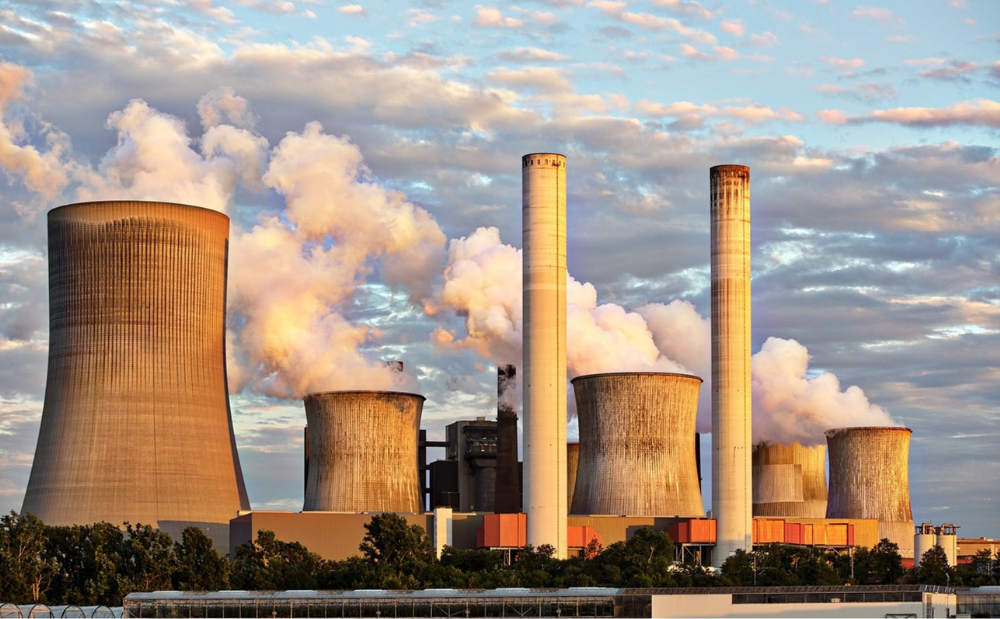
South Africa: Who Ends Up Paying If DMRE Cooks the Price of Nuclear Power?
-
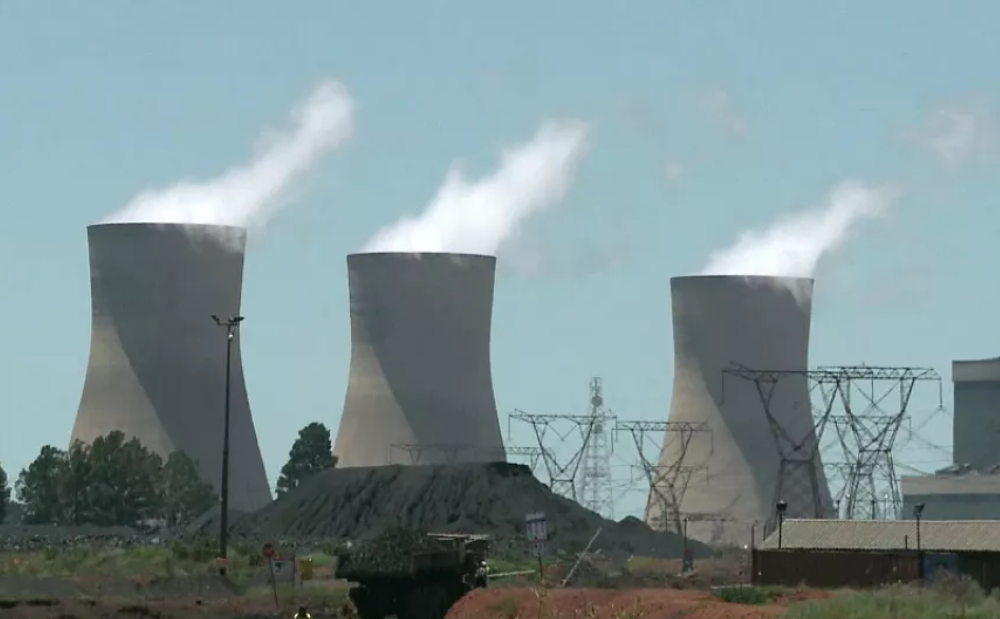
South Africa’s nuclear energy expansion plans continue to draw criticism, environmental NGOs chew over legal challenge
-
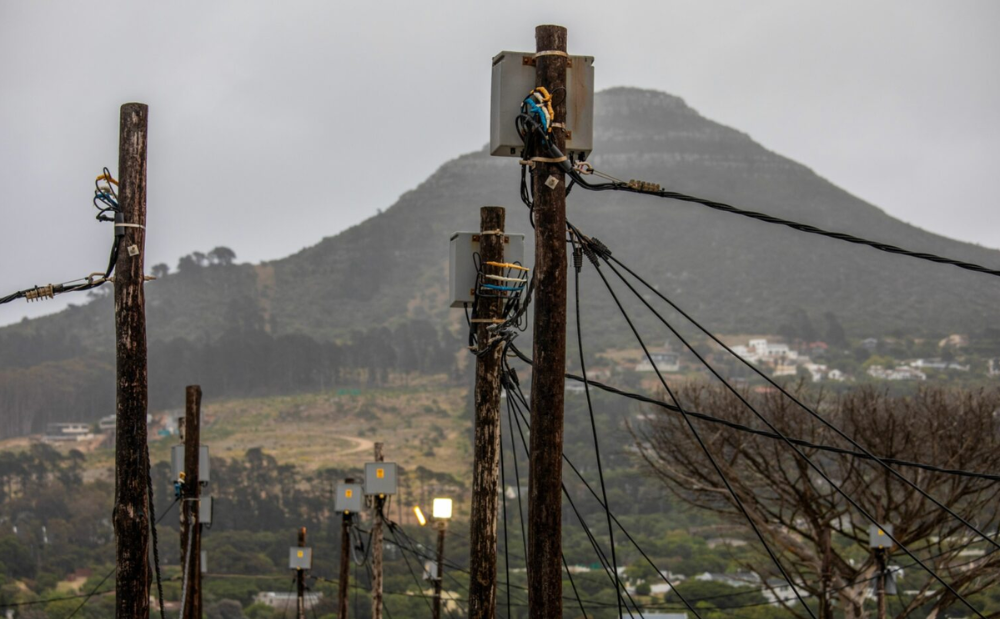
Earthlife Africa and SAFCEI respond to latest unsettling nuclear news regarding the ministerial determination
-
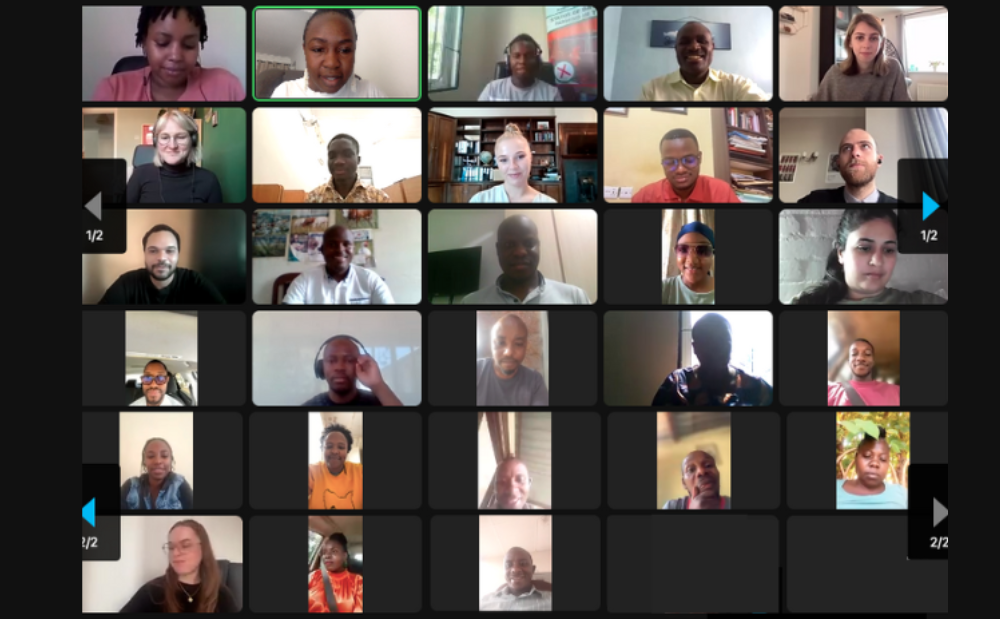
Open Wing Alliance Africa (Virtual) Summit 2023
-
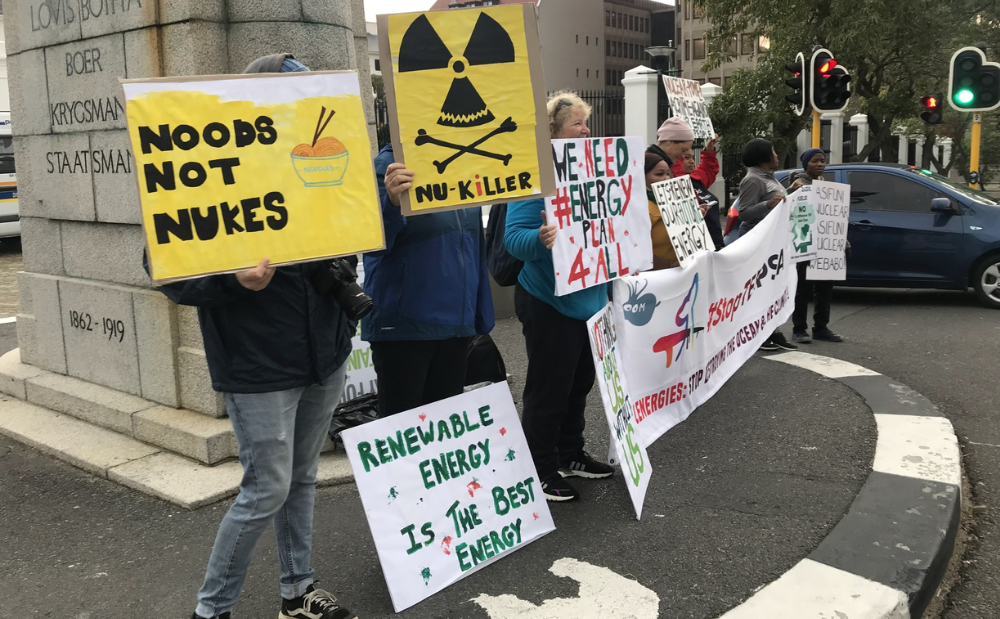
The Green Connection and SAFCEI respond to energy minister's divisive and deflecting comments
-
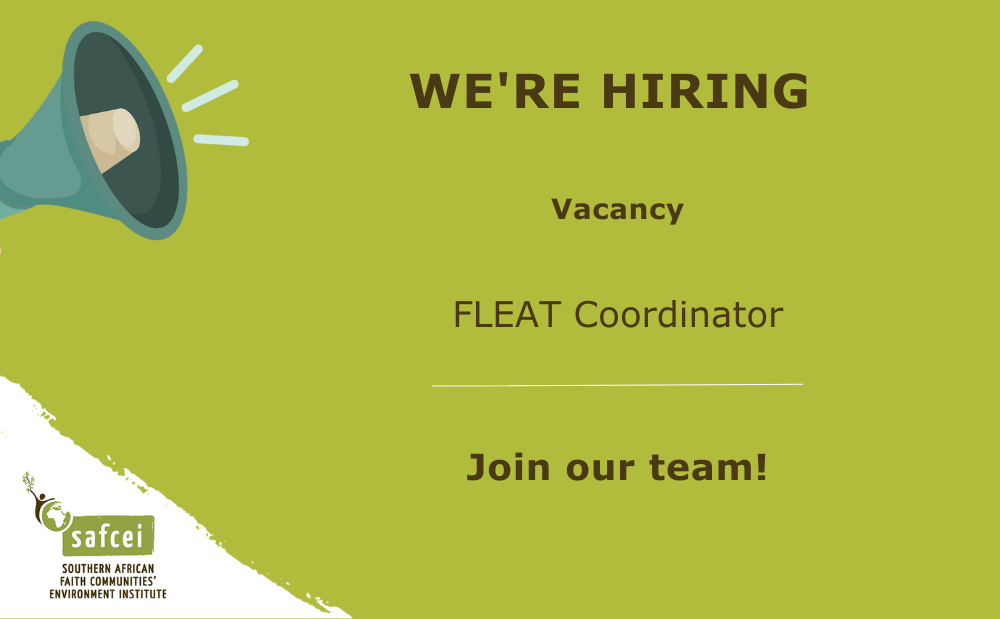
Job Vacancy: FLEAT Coordinator


